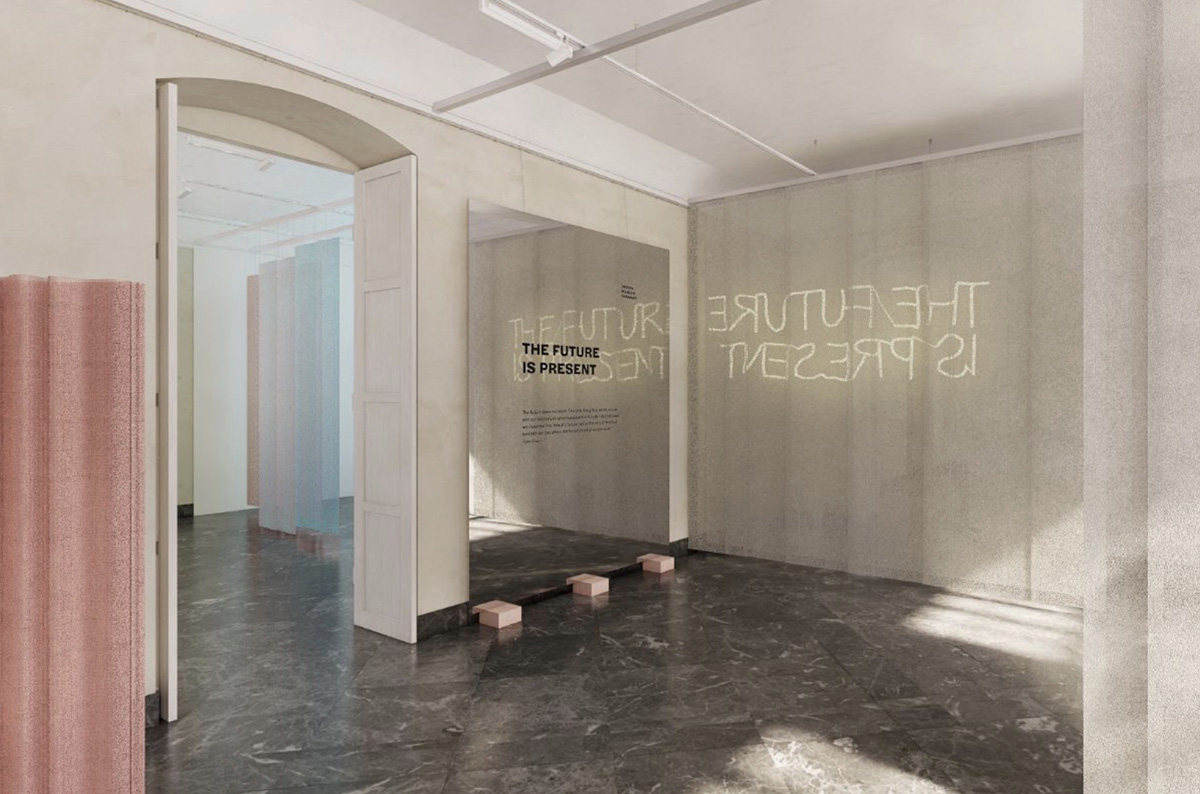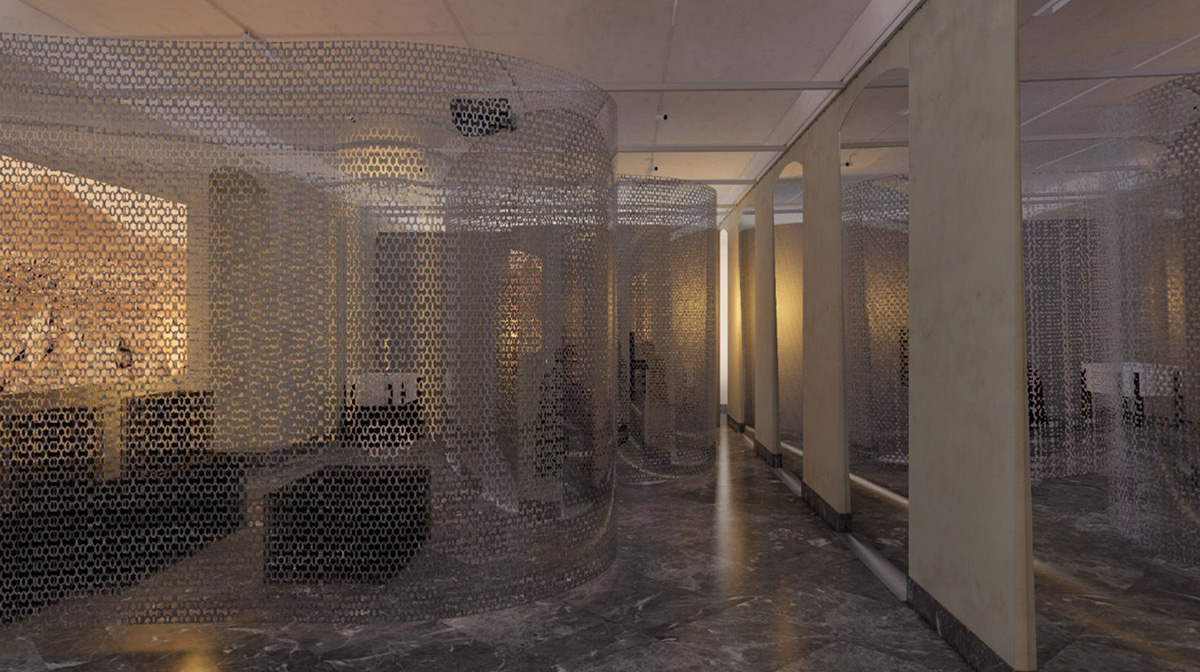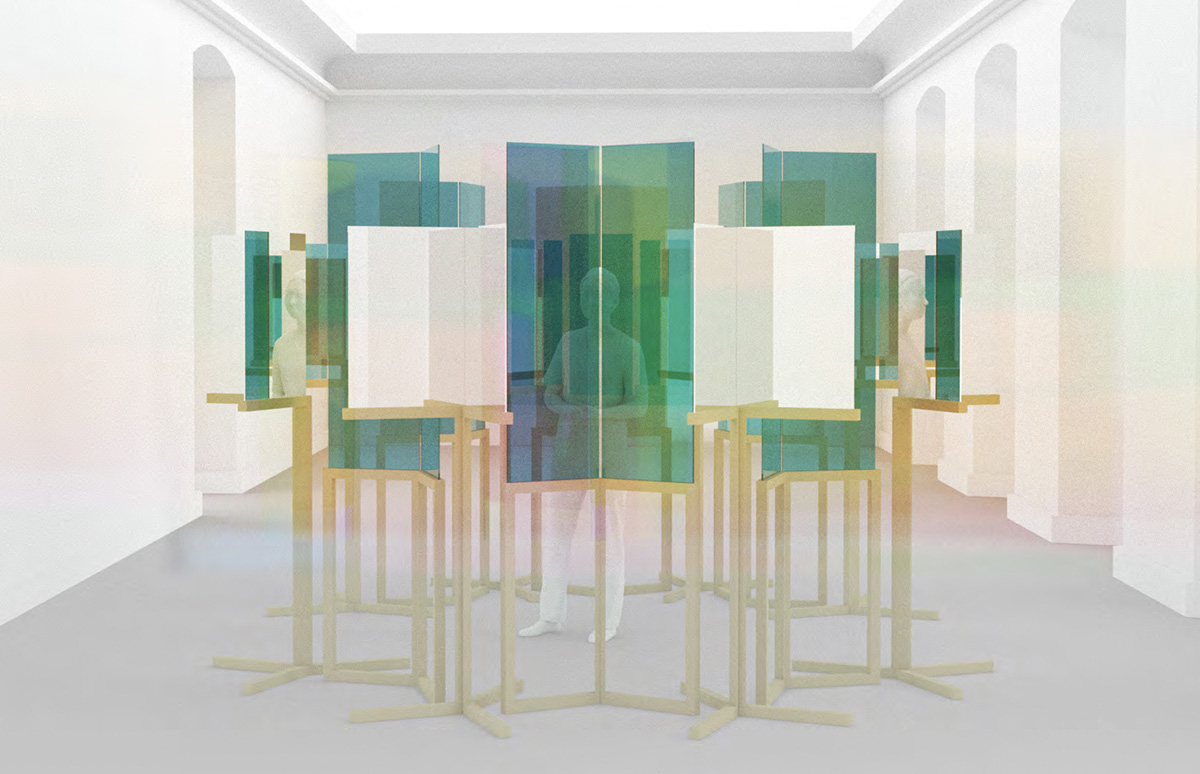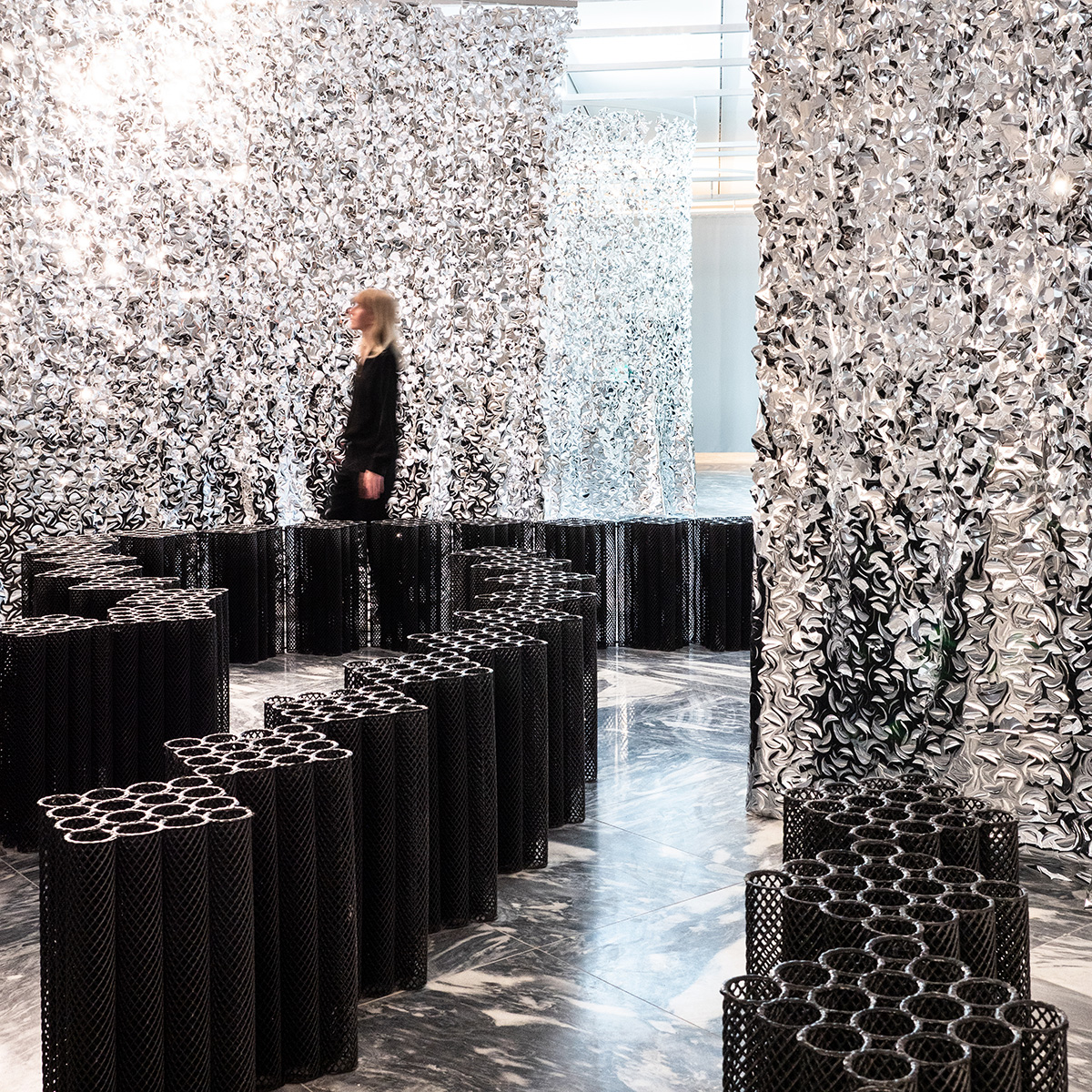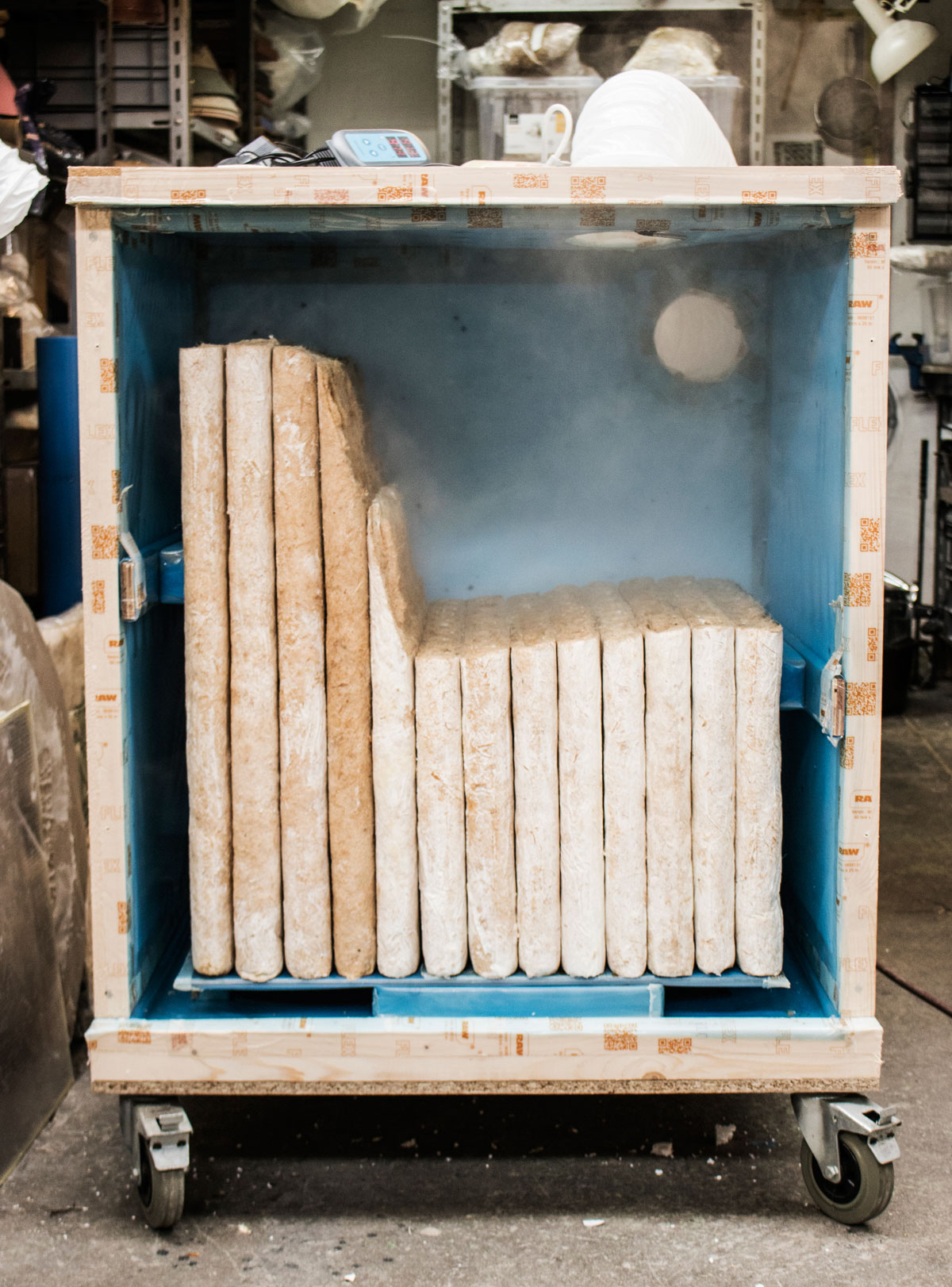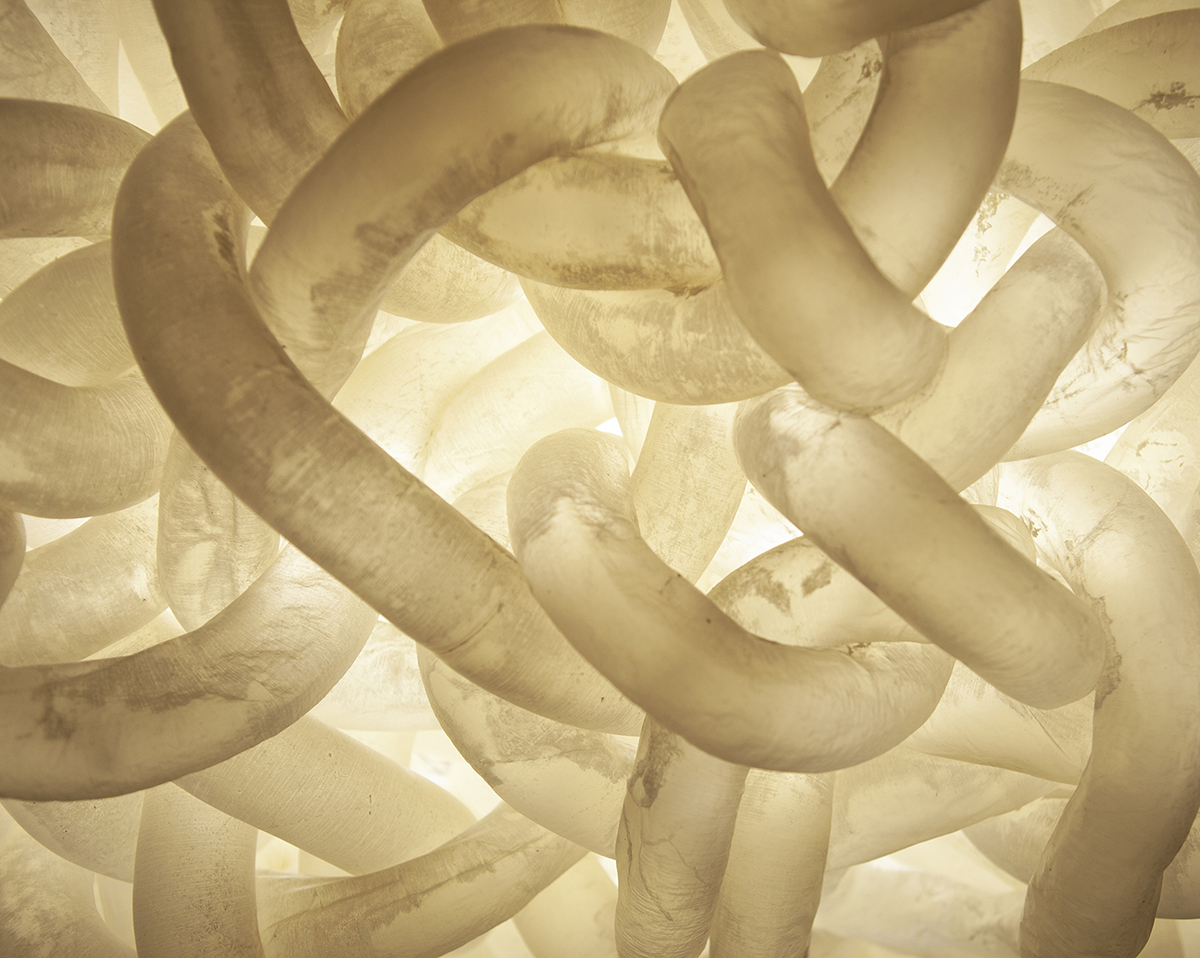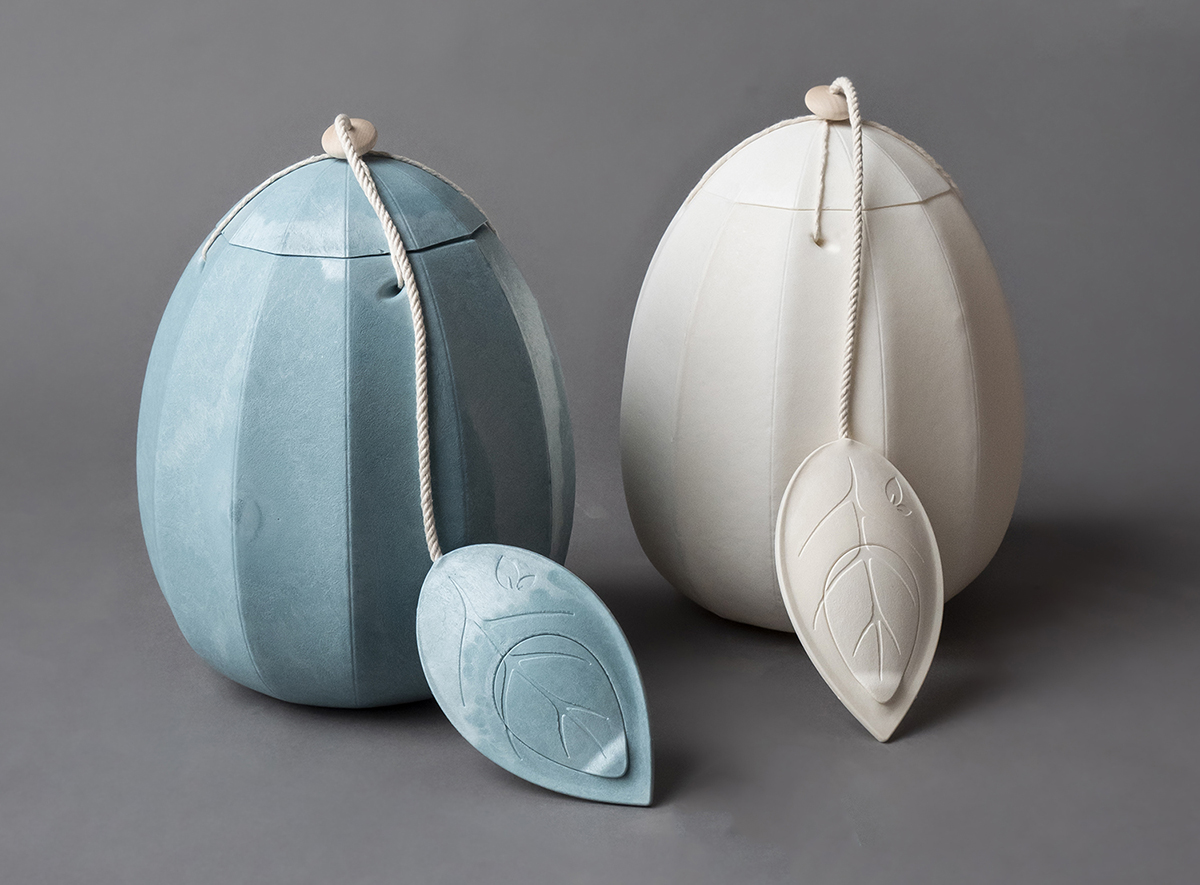The design behind the exhibition, The Future is Present
A collaboration in the intersection between classic and contemporary
June 19 2022 — June 01 2023
One of the main exhibitions, The Future is Present, aims to show examples of designers, thinkers, and creatives, working on shaping a better future. It presents an exhibition space, where visitors themselves are invited to reflect on how they themselves can do to make a positive impact.
Instead of giving answers, the exhibition presents different approaches and ideas on how to solve issues and challenges like climate change, migration, pandemics, and better use of resources. And it has been made in collaboration with a wide range of experts, showing the breadth of design – from experimental research projects to products made from new and innovative materials to cases and pieces with a future mindset.
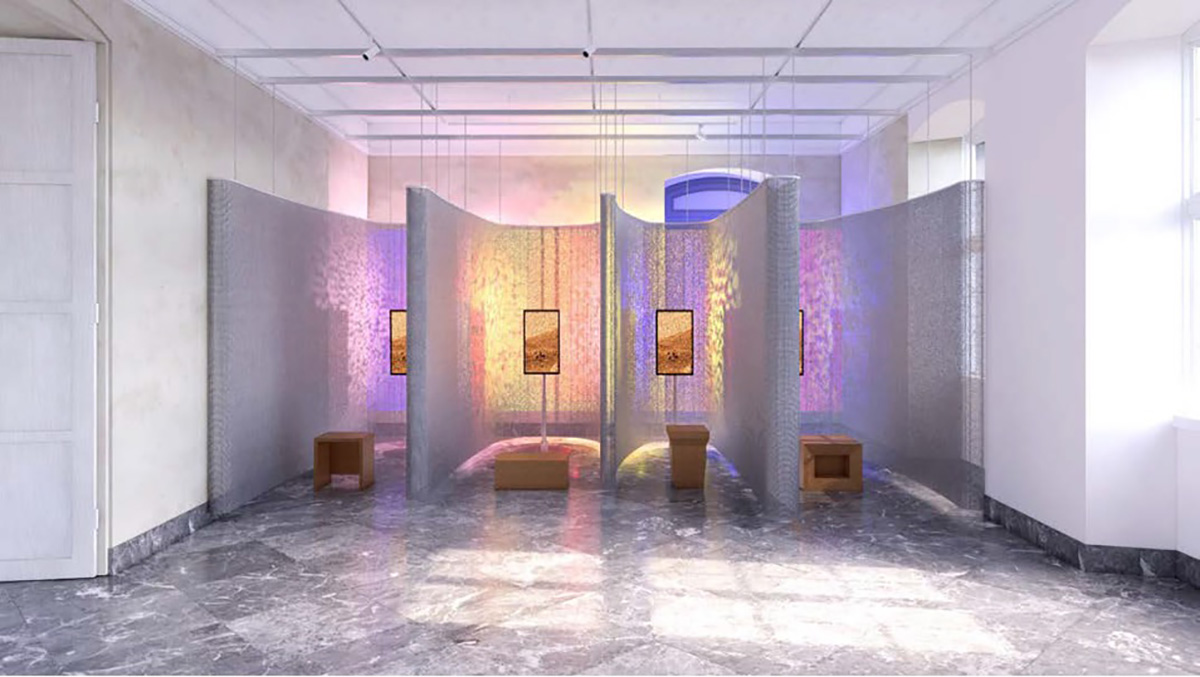
Designing the exhibition space
“The idea behind the exhibition was, from the onset, to create a dialogue between how designers and craftspeople in the past, have dealt with the future and how they tackle the theme today. We wanted to emphasize that the future is not some far away and abstract thing. It is something that happens now, and we are all a part of shaping it. Therefore, we wanted the exhibition space to be a place of reflection, positivity, and creativity – showcasing some of the celebrated qualities of Danish design like material intelligence, poetic tactility along with a sensibility to human scale,” says Pernille Stockmarr, curator at Designmuseum Danmark.
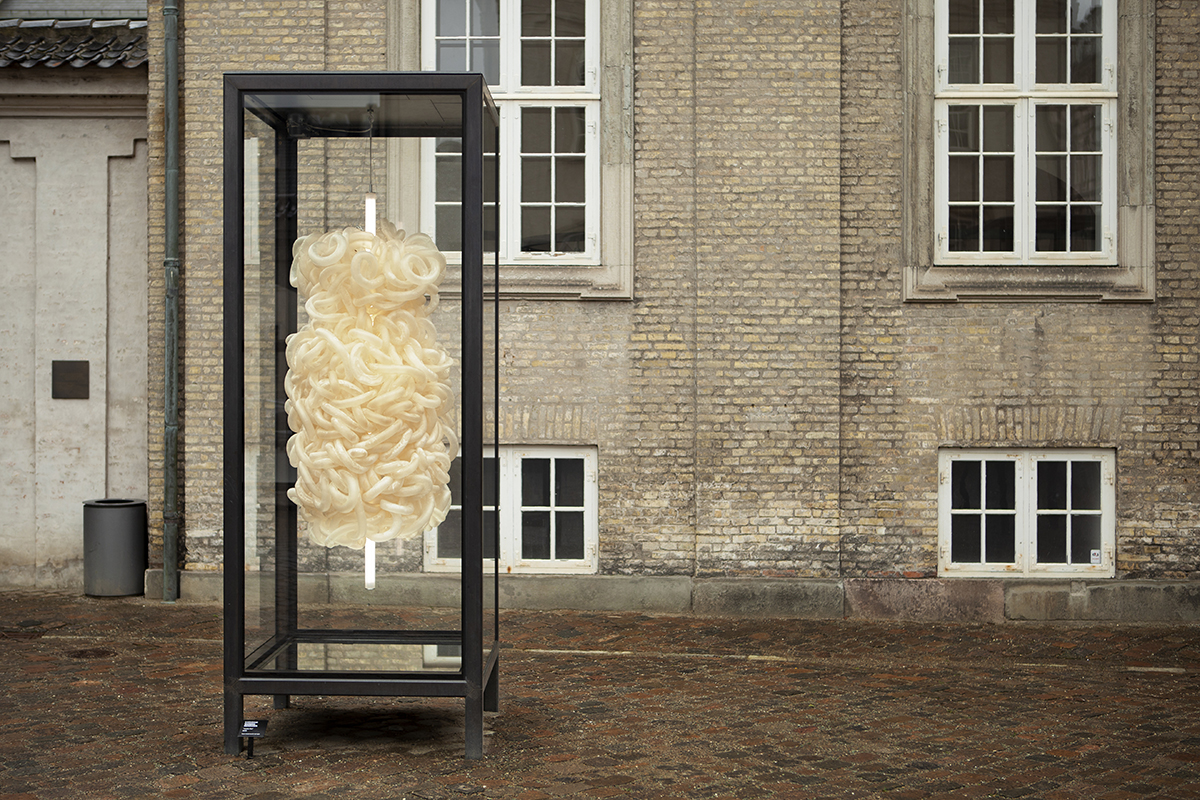
The museum commissioned Spacon & X, a design and architecture studio based in Copenhagen, to create the spatial design for the exhibition. Known for their ability to push boundaries with materials and spatial zoning, Spacon & X was given the task to create a modernized take on the Danish design legacy, which the museum embodies with their vast collections and history.
Through close dialogue with the museum, Spacon & X sought to explore the encounter and contrast between the classic and the contemporary. And the primary approach has been to work with spatial organization and zoning through innovative and sustainable materials. Keywords like presence, emotional awakening, honesty, and playfulness have guided the design processes.
‘’We want to take the visitor by the hand, and guide them through explorations of creative boundaries, with a drive and approach to continuous questioning and enhancing as well as inspiring a perception of creative freedom in the future,’’ says Nikoline Dyrup Carlsen, Founding Partner at Spacon & X.
The exhibition space has been designed with a sense of future optimism, while addressing coming design challenges in a way that balances the unexpected with some more well-known elements, allowing the visitor to be able to relate to the future. However, to ensure that the perception of the future, and the uncertainty it brings, continues to be present for visitors throughout the exhibition, small surprises are introduced during the journey.
Material tactility
The materials chosen are primarily from a range of local Danish firms, providing sustainable materials. A variety of textiles, lighting techniques and diverse textures in layers are used to guide the visitors through the different zones and thematic transitions. Primarily, materials were sourced and used to exemplify future choices and all surfaces tell a story about their creation, character, and function.
“We believe that honest and raw designs invite the visitor inside, opening the design process as part of inspiration for the rich and creative opportunities, showing what the future can be like, and how design plays a role in this,” says Dyrup Carlsen.
Throughout the exhibition, visitors will see both organic and re-used materials, and textiles are used, showing innovative solutions, and they will experience materials with a rawer tactility. In this manner, materials, ‘imported’ from industrial production, act as a contrast to the beautiful, exclusive marble floors within the halls of Designmuseum Danmark.

